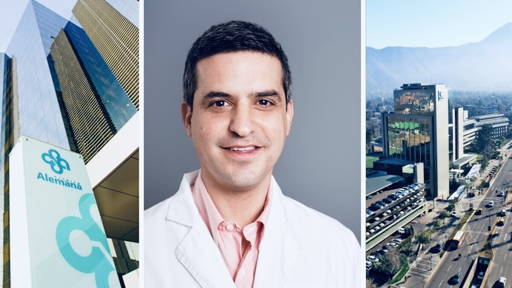At Leiden University Medical Center (LUMC), AI is being used successfully in radiotherapy for oral cavity cancer. This technology saves time and reduces damage to healthy tissue. AI helps to quickly and accurately draw in organs and create radiation plans, leading to more efficient treatments and improved quality of life for patients.
By integrating AI into the treatment process, radiation plans at LUMC can now be drawn up faster. In addition, this technology reduces damage to healthy tissue, contributing to a higher quality of life for patients.
Customized treatment plans
Radiotherapy requires precision, especially in oral cavity cancer, where tumors are close to vital structures such as swallowing muscles, salivary glands and the esophagus. Prior to treatment, CT scans are taken on which the tumor and surrounding organs are plotted using the RayStation radiation planning software. A customized radiation plan ensures that the tumor is treated effectively while minimizing damage to healthy tissue.
"Now AI software helps create the radiation plan for these patients. The lab technician now no longer first makes a plan himself, but instead has AI make a proposal based on thousands of previous treatments worldwide. The lab technician then checks and refines this plan. AI's proposal is often already largely correct and therefore the radiation plan is ready much faster," says Frank Dankers, clinical physicist in the Radiotherapy Department.
AI speeds up organ placements
Placing organs on CT scans is a time-consuming process. At LUMC, AI is being used to speed up this process. The AI software automatically recognizes the contours of organs, making the drawing in process about twice as fast. Radiotherapists need only draw in the tumor manually, saving time and improving workflow.
Previously, radiotherapy lab technicians drafted radiation plans entirely manually, a process that could take up to eight hours. With the use of AI, an initial proposal is now generated based on thousands of previous treatments worldwide. This proposal is then checked and refined by the lab technicians, resulting in a radiation treatment plan that is ready within one to two hours.
Reduction of side effects
AI-assisted radiation plans provide a more accurate dose distribution, reducing stress on healthy tissues such as swallowing muscles. This leads to a reduction in side effects such as swallowing problems, which improves patients' quality of life.
The use of AI paves the way for adaptive radiotherapy, in which radiation plans are adjusted during treatment based on changes in the patient's anatomy. Daily CT scans prior to treatment enable radiotherapy lab technicians to adjust the radiation plan as needed, ensuring even more precise treatment.
Expansion to other cancer types
After successful application in oral cavity cancer, AI technology has also been used in the treatment of rectal cancer at LUMC since May 2025. Other hospitals, such as the HagaZiekenhuis and HMC, are showing interest in LUMC's AI models and are working on applications for lung and prostate cancer. Working together, these models can be tested and implemented faster, leading to improved radiation treatment plans for a wider range of patients.
The integration of AI into radiotherapy at LUMC illustrates how technological innovations can contribute to more efficient and patient-centered care. By saving time and reducing side effects, cancer treatment becomes not only more effective, but also more bearable for the patient.
The added value of integrating AI technology in optimizing radiation treatment plans was also recognized by Amsterdam UMC in the early 2020s. At the time, together with the Center for Mathematics & Informatics (CWI), they developed AI software that significantly speeds up the preparation of radiation plans for prostate cancer.









